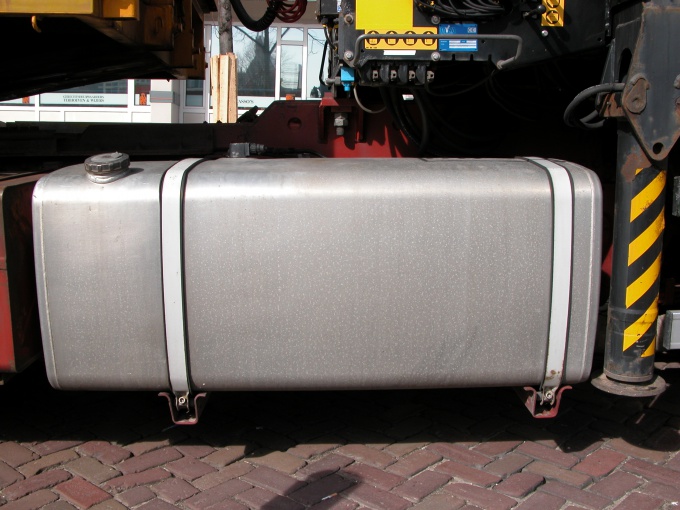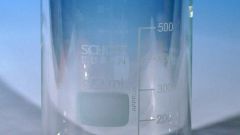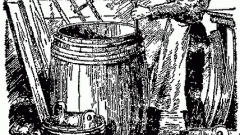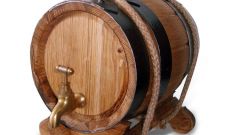You will need
- roulette,
- calculator,
- - Handbook of elementary mathematics.
Instruction
1
Capacity in the form of a cylinder.
Measure tape measure the height and base diameter of the cylinder – usually, this form have the gas cylinders, drums and tank cars for different liquids, and glass, plastic and metal cans for canned food. Divide the diameter by two to get the radius. Multiply area of base of cylinder (area of a circle is equal to 3, 14* radius squared) to its height. This is the volume of the cylinder.
Measure tape measure the height and base diameter of the cylinder – usually, this form have the gas cylinders, drums and tank cars for different liquids, and glass, plastic and metal cans for canned food. Divide the diameter by two to get the radius. Multiply area of base of cylinder (area of a circle is equal to 3, 14* radius squared) to its height. This is the volume of the cylinder.
2
Capacity in the form of a cone.
Measure tape measure the base diameter and the height of the cone. Use the calculator to calculate the volume of the container. It is equal to one third the product of area of base (circle) and the height of the cone.
Measure tape measure the base diameter and the height of the cone. Use the calculator to calculate the volume of the container. It is equal to one third the product of area of base (circle) and the height of the cone.
3
Capacity in the form of a ball.
Tape measure measure the diameter of the ball. If it is difficult to execute, measure length of a circle – clasp your roulette ball at the equator or the zero Meridian, i.e. in the place where the circumference is maximum. In order to calculate the diameter, the resulting value is divided by the number of "PI", that is 3,14. Divide the diameter in half – this will be the radius. The volume of a sphere is equal to 4/3 works of PI and the radius of the ball in the cube.
Tape measure measure the diameter of the ball. If it is difficult to execute, measure length of a circle – clasp your roulette ball at the equator or the zero Meridian, i.e. in the place where the circumference is maximum. In order to calculate the diameter, the resulting value is divided by the number of "PI", that is 3,14. Divide the diameter in half – this will be the radius. The volume of a sphere is equal to 4/3 works of PI and the radius of the ball in the cube.
4
Capacity in the form of a parallelepiped.
A tape measure, measure the width, height and length of the parallelepiped, that is, three sides, having one common point. Multiply the values obtained. This will be the highest volume of containers of this type, often used for storage and transportation of various liquids.
A tape measure, measure the width, height and length of the parallelepiped, that is, three sides, having one common point. Multiply the values obtained. This will be the highest volume of containers of this type, often used for storage and transportation of various liquids.
Note
In calculations, all measurements of the geometric dimensions must be in the same units (millimeters, centimeters or meters).
Useful advice
For more complex forms of containers, they should be divided into such geometric shapes, with reference on mathematics available ready-made formula for calculating the volume (sphere, cylinder, pyramid, parallelepiped, etc.). Calculating separately the volumes of the components of the figures and after adding them together you get a tank volume of complex shape.






